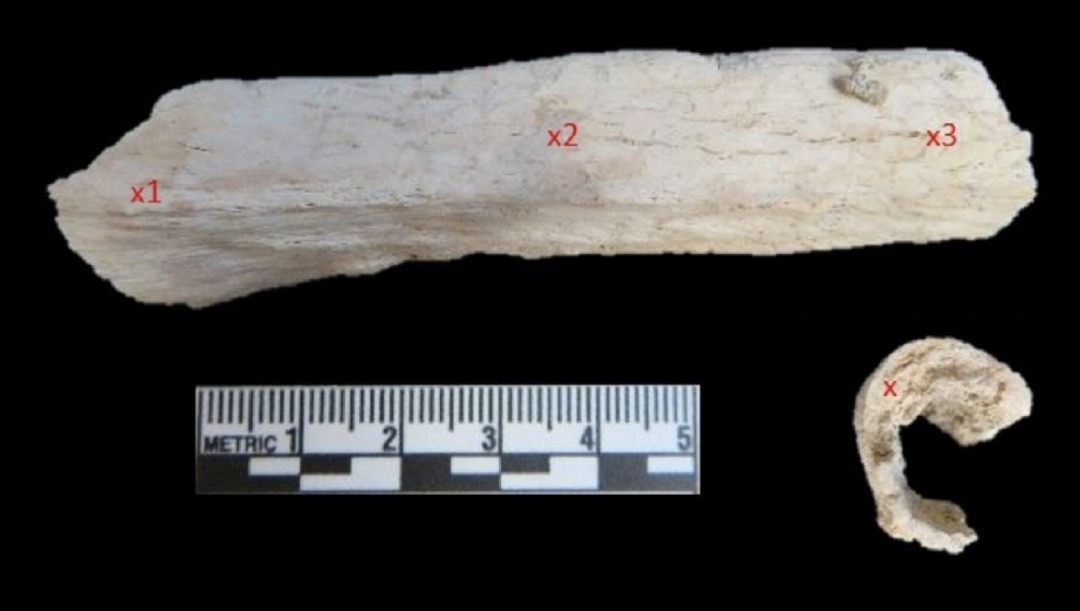User: Stéphan Dubernet
ORCID: https://orcid.org/0000-0003-4278-3501
Organisation: CRP2A Bordeaux-Montaigne University (FR)
Technique requested: Particle Induced X-ray Emission (PIXE)
Particle Induced Gamma-ray Emission (PIGE)
Facility: Ion Beams Laboratory (HU)
The aim of the FLORES project was to determine the fluorine concentration in bones from cremation burials discovered at the roman site of Cumae (Italy), to which samples from Pompeii were added for comparison purposes. The fluorine content is obtained by the emission F (p, g) F at 197keV. The FLORES project was both a continuation of the ELENA project (September 26-31, 2019) as well as a new development. ELENA project was exploratory from the point of view of instrumental physics and archaeometry. It was possible to demonstrate that the fluorine amounts were almost equivalent between different sample preparations (raw bone from femur and rib, thick polished sections, and crushed bone pellets). Besides, fluorine appears uniformly distributed in the raw bone between the dense external parts and the porous internal zones whether on a femur or on a rib from the same individual. Individual fluorine contents determined by several measurement points on a sample seems consistent and comparable to each other. However, the Cumae series analyzed shows that each individual is characterized by a roughly high specific fluorine content, always far superior to the burnt bones from Ravenna site (Italy) or the unburnt bones from La Caouno site (France). PIGE analysis from the the197keV F emission has thus demonstrated that the individuals of Cumae are clearly contaminated by fluorine. Moreover, the differences in fluorine mean content between individuals for Cumae perfectly corroborate the paleopathological analysis.

